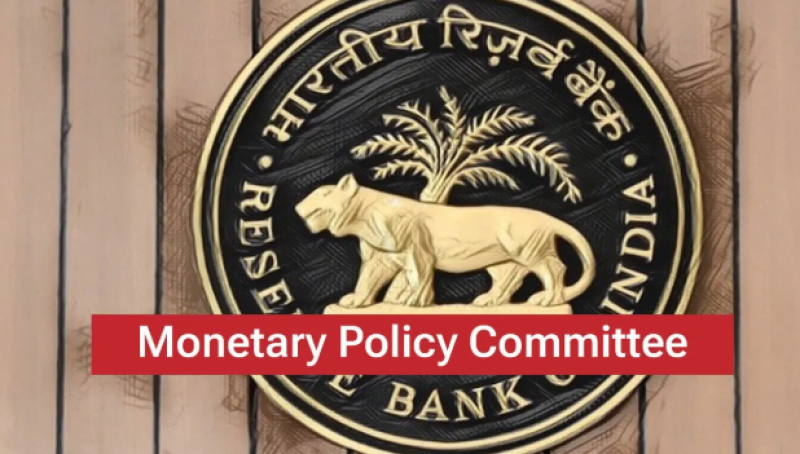The October meeting of the Monetary Policy Committee (MPC) carried little drama. Policy rates were left unchanged — repo at 5.5 per cent, the standing deposit facility at 5.25 per cent, and the marginal standing facility and bank rate at 5.75 per cent. The stance was neutral. To some, this may appear as a pause that reflects indecision. In reality, it is a deliberate choice. India today enjoys strong growth momentum and unusually low inflation, but faces fragile external conditions. In such an environment, preserving stability is the wiser course.
Growth Momentum with Clouds on the Horizon
India’s domestic performance is robust. GDP expanded by 7.8 per cent in Q1 FY26, with GVA growth at 7.6 per cent. Manufacturing, often a weak link, rose by 7.7 per cent. Services grew by 9 per cent, and agriculture benefitted from an above-normal monsoon. Cement production, steel consumption, tractor sales and PMI surveys all confirm the breadth of the recovery.
Yet the RBI’s growth projection for the year — 6.8 per cent — points to moderation. From 7 per cent in Q2, growth is expected to slow to 6.2 per cent by Q4. This is not a story of fading domestic demand but of external risks: tariff escalations, slowing global demand, and the uncertainties of geopolitics.
A Rare Moment of Price Comfort
For once, inflation is not the binding constraint. CPI inflation fell to 1.6 per cent in July, rose modestly to 2.1 per cent in August, and is projected at 2.6 per cent for FY26. Food prices have eased, buffer stocks are adequate, and fuel inflation has been stable. Core inflation, excluding precious metals, is around 3 per cent.
The government’s GST rationalisation has reinforced this disinflation by lowering rates on goods that account for over a tenth of the CPI basket. For consumers, it means purchasing power; for firms, lower costs; for the RBI, policy space. But this window will not last indefinitely. By the fourth quarter, inflation is expected to return to around 4 per cent, and global shocks remain possible.
Quiet Shifts That Support Business
The MPC’s real impact lies in the reforms that accompanied the rate decision. Borrowing limits were eased: loans against shares raised from ₹20 lakh to ₹1 crore, IPO financing caps lifted from ₹10 lakh to ₹25 lakh, and restrictions on corporate borrowing removed. Risk weights for NBFCs financing operational infrastructure projects were reduced, lowering their cost of funds.
Just as important, nearly 9,000 RBI circulars were consolidated into subject-wise manuals. Exporters gained longer repatriation windows for IFSC accounts and merchanting trades. These steps cut compliance burdens, ease liquidity, and support investment. They will not dominate headlines but are central to improving India’s business environment.
External Buffers with Persistent Vulnerabilities
The external account has shown resilience. The current account deficit narrowed to 0.2 per cent of GDP in Q1. Services exports and remittances remain strong. FDI inflows in April–July reached US$ 37.7 billion, with net inflows tripling year-on-year. Reserves of US$ 700 billion cover more than eleven months of imports.
Yet vulnerabilities remain. Portfolio flows have been volatile, with nearly US$ 4 billion in outflows since April. Merchandise exports are constrained by tariffs and weak global demand. The rupee has been stable relative to peers, but risks remain if global conditions tighten.
Reading the Pause
The October MPC outcome highlights a consistent approach. Monetary policy is being used to provide stability; reforms are being advanced to lower transaction costs; trade agreements are being leveraged to secure jobs, investment, and market access.
For investors, this signals policy continuity and reduced risk. For exporters, it opens new opportunities in Europe. For policymakers, it underlines that coordination across fiscal, monetary, and trade levers is essential.
In a turbulent global environment, stability itself becomes a form of leadership. By holding rates, easing credit conditions, and advancing trade diplomacy, India is positioning itself not just to withstand global shocks but to use them as opportunities to strengthen its long-term growth model.
-Suketu Thanawala and Anamika Singh, StraCon Business Advisory & Consultancy Firm .
